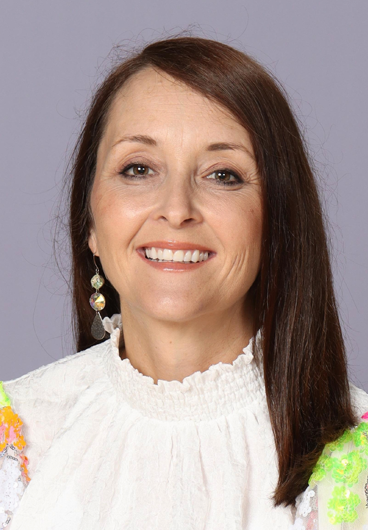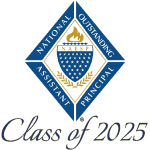
Kimberly Baysinger
Neshoba Central Elementary School
Philadelphia, Mississippi
kbaysinger@neshobacentral.com
Best Practices
1) Instructional Leadership: As an assistant principal, one of the most impactful ways to drive student success is through instructional leadership. This role extends beyond management tasks and discipline—it involves empowering teachers, fostering a culture of continuous learning, and ensuring high-quality instruction in every classroom. True instructional leadership means being proactive in identifying instructional gaps, implementing best practices, and providing teachers with the tools they need to excel. A data-driven approach to instructional leadership prioritizes collaboration, professional growth, and student achievement. We achieve this by facilitating strong Professional Learning Communities (PLCs) where teachers engage in meaningful discussions, analyze student performance data, and develop targeted interventions to address learning gaps. Additionally, I ensure that professional development is intentional and responsive by gathering teacher feedback through surveys and discussions, allowing us to tailor PD sessions to their specific needs. By incorporating teacher-led PD and peer observations, we create opportunities for educators to learn from one another, strengthening instructional practices across grade levels. Beyond structured professional development, leading by example is key. I conduct frequent classroom walkthroughs and instructional coaching to provide real time support, celebrate innovative teaching strategies, and offer constructive feedback. My goal is to be a collaborative partner, not just an evaluator, ensuring that teachers feel supported rather than scrutinized. Instructional leadership is not about dictating changes; it’s about working alongside teachers to implement research-based strategies that drive student success. As an assistant principal, my role is not just to support instruction but to actively lead it, ensuring that every decision we make is centered around students and their success. By fostering a culture of continuous improvement, professional collaboration, and data-driven decision making, I help create an environment where both teachers and students thrive.
2) Teacher and staff development: I like to prioritize teacher and staff development by fostering a culture of collaboration, continuous learning, and professional growth. Instead of using a one-size-fits-all approach, I ensure that professional development (PD) is intentional, data-driven, and directly aligned with teacher and student needs. To make PD meaningful, I create teacher questionnaires and feedback forms to gain insight into areas where teachers feel confident and where they need support. These surveys help identify instructional strategies or classroom management techniques that teachers want to improve, their interest in emerging trends such as AI in education and differentiation. By analyzing responses, I develop a data-driven PD plan that reflects real teacher needs, ensuring that professional learning is both purposeful and engaging. Rather than relying solely on external trainers, I implement a teacher-led PD model, where educators share their expertise with colleagues. This approach encourages peer-to-peer learning, increases teacher buy-in, and builds leadership capacity. Recognizing the talent within our own staff, I invite teachers to lead sessions on topics where they excel, such as small-group instruction, technology integration, or differentiated learning. By fostering a culture of collaboration, teachers feel valued and take greater ownership of their professional growth. Additionally, I have established structured peer observations, where teachers visit classrooms to see innovative teaching strategies in action. These observations provide valuable opportunities for teachers to engage in reflective discussions, strengthen cross grade collaboration, and gain a deeper understanding of vertical alignment. To guide these observations, I provide structured tools that help teachers focus on key instructional elements, ensuring the experience is intentional and impactful. Professional learning does not end after a single session—it requires ongoing support and follow-up. I conduct classroom walkthroughs to provide real-time feedback, celebrate instructional successes, and offer one-on-one coaching when needed. I also facilitate small-group reflection meetings, where teachers discuss how they are applying new strategies and share insights from their peer observations. Through this teacher-centered, data-driven approach, professional learning becomes a powerful tool for enhancing instructional practices and student achievement. As a result, teachers are more engaged in professional development, collaboration has increased, and targeted PD sessions have led to measurable improvements in classroom instruction. By listening to teachers, empowering them as leaders, and fostering a culture of growth, I ensure that professional development is not just a requirement but a transformational process that directly impacts student success.


